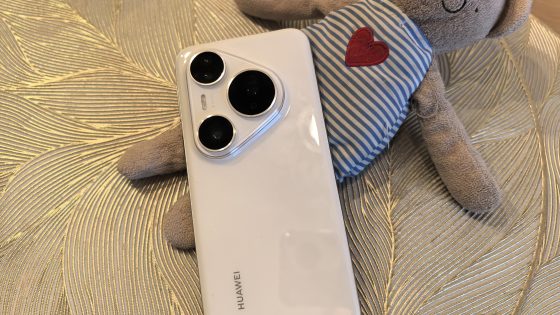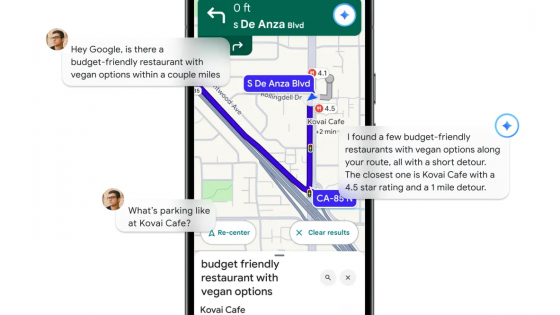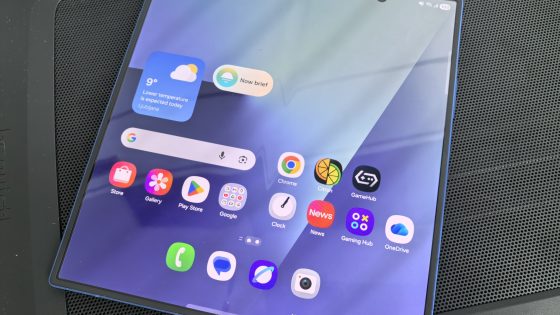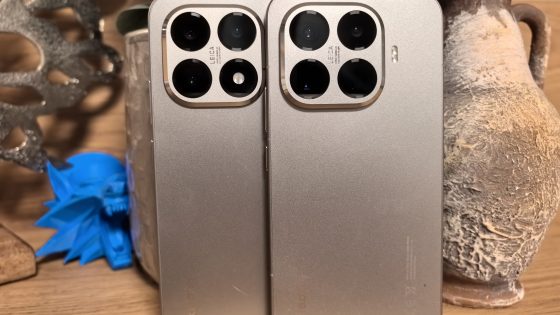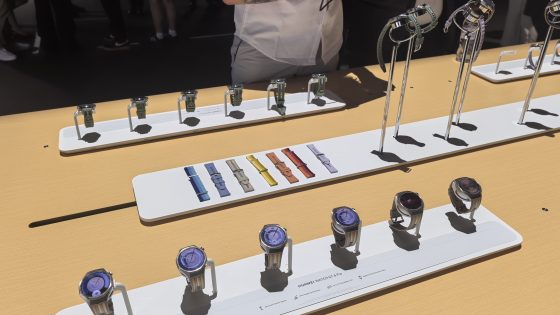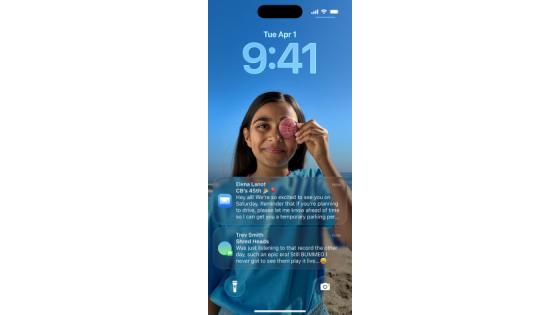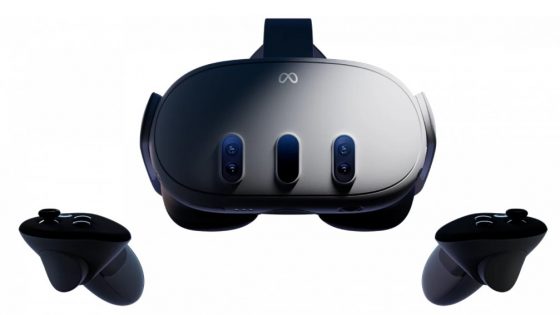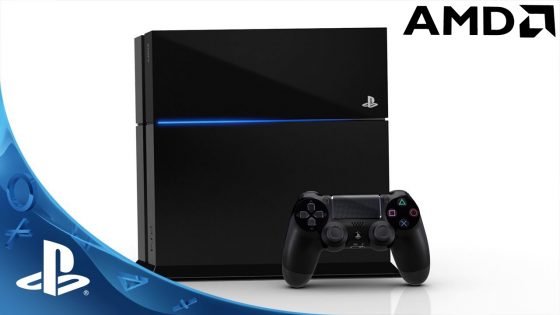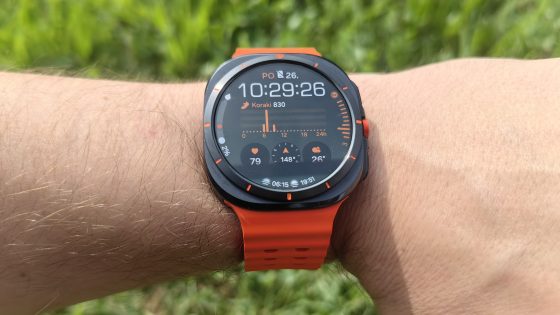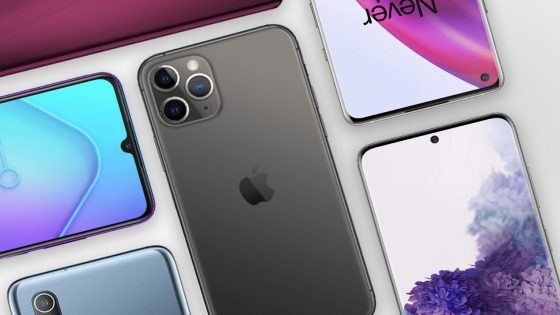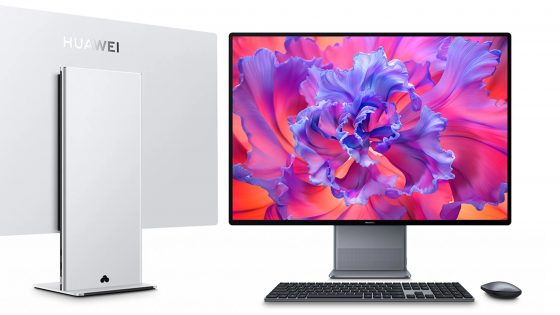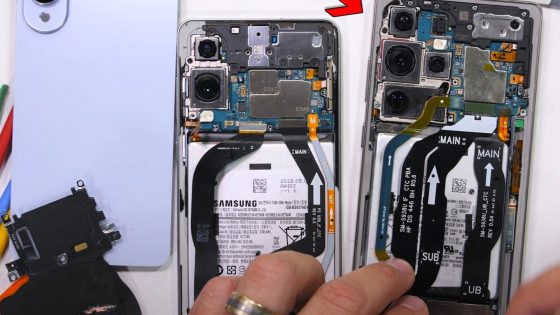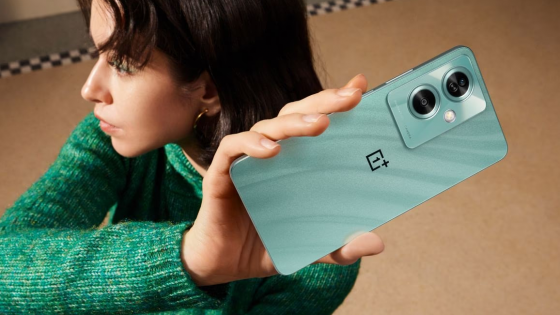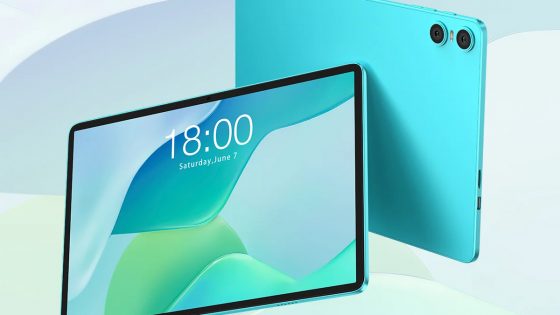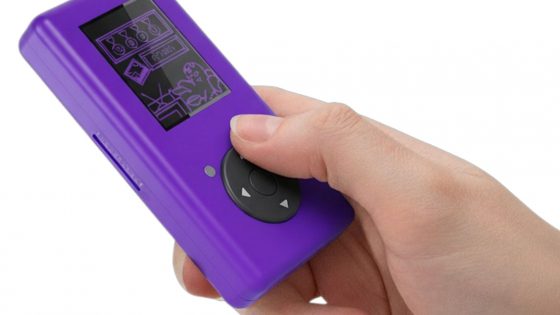Thinking of buying an iPhone 16 Pro? Read the answers to these questions first

To start, some key information about the new Pro series. The iPhone 16 Pro and iPhone 16 Pro Max are more or less identical phones in two different sizes. Both offer a slightly larger screen than their predecessors, are equipped with A18 Pro processors, iOS 18, as you already know, does not have Apple's "Artificial Intelligence" functionality, but they have updated cameras and a new way to manage cameras.
So what are the most common questions that potential buyers of Apple's latest iPhone Pro series are interested in:
Can I expect an improved battery?
Apparently, quite a few people found that the iPhone 15 Pro overheated quickly and the battery drained just as quickly. Some iPhone 14 Pro owners have reported similar issues. One of the most common questions is therefore related to the battery performance of the iPhone 16 Pro and iPhone 16 Pro Max models, whether the battery life is better and there are still overheating problems. Portal Tech Radar explains that while the phones did get a bit warm during their testing (such as while playing games), they didn't notice any overheating.
iPhone owners are also keenly aware of the full charge potential of their battery. We know there are numerous reports of iPhone 15 Pro with 85% charge capacity and iPhone 14 Pro with charge capacity between 82 % and 75 %. It's normal for users to want to get back to full performance levels with phones that could offer better battery life than ever before. In Tech Radar's tests, the iPhone 16 Pro and iPhone 16 Pro Max delivered better battery life than we've ever seen from an iPhone (between 14 and 16 hours on average).
The new models seem to look the same as the previous ones. Does it hold?
Appearance or the design of the phone is important to buyers, as they want a fresh design and new features. Many sources explain that although the new models are similar to the old ones, we can point out some obvious differences. The iPhone 16 Pro Max measures 17.53 cm, while the iPhone 15 Pro Max measures 17.02 cm, and the iPhone 16 Pro measures 16 cm compared to the iPhone 15 Pro (14.94 cm). There is another new physical feature worth noting: the camera control button, but I'll write about that later.
Is now a good time to upgrade?
You'd be surprised to know how many people are still using the iPhone 12 Pro models or even the iPhone 11. Of course, these phones have a completely different design. In these cases, the upgrade would be large and visible at a glance. Progress would be seen in performance, camera quality, battery life, processors, and more. Today, screens are also bigger, offer better resolution, etc.
Many potential iPhone 16 Pro buyers are currently using the iPhone 13 Pro and iPhone 14 Pro. For these users, the changes will be minor. 5x zoom on both the Pro and Pro Max models, a faster processor, “Camera Control” and the potential for “Apple Intelligence” support, which will only be supported by the 15 Pro line and later devices.
Is it big and heavy?
The fact is that we carry our phones in our pockets and hold them in our hands for hours on end. One of the major concerns of potential buyers is the weight and feeling of clumsiness in the hands. Most people are aware that the iPhone 16 Pro and iPhone 16 Pro Max are slightly larger phones.
Although both Pro models are heavier than their predecessors, for example, the iPhone 16 Pro Max (227 g) is significantly lighter than the iPhone 14 Pro Max (240 grams). The question of whether the iPhone 16 Pro Max fits in pockets and whether it is comfortable to hold comes up several times.
It's hard to give clear answers to these questions because the feel may be perfectly fine in larger hands, while someone with smaller hands might have a bit of trouble operating the device.
Are the phones durable?
The next frequently asked question concerns the phone's screen, or more specifically, the durability of the glass. Apple claims that the "Ceramic Shield" glass used on both models is stronger, but of course, more "rough" tests will be needed to make a more concrete assessment.
In other words, the screens of both new phones should be more resistant, but we still don't recommend carrying the phones in your pockets with your keys.
Can we really talk about bigger screens?
Most people are aware that the new Pro models have a slightly larger screen, but the question remains whether the screens will also look much bigger at first glance and in practice, as for example with the iPhone 15 Pro and iPhone 15 Pro Max predecessors.
The differences are not large and therefore it is difficult to give an answer to this question. At first glance, it is probably not possible to notice the differences, but if we actually put the devices side by side, then the difference in the size of the edges is especially visible.
Is the camera quality better?
People don't just make comparisons between older phones and new models. In some cases, buyers are interested in the differences in image quality between the iPhone 16 Pro and the iPhone 16 Pro Max. Of course, at this point the point is clear, because both camera systems are exactly the same, and so is the photo quality.
For those considering an iPhone 14 Pro upgrade, both Pro models now have 5x zoom and the 48MP main camera is faster than previous models, meaning you're more likely to capture that perfect moment. It's worth noting that even the iPhone 15 Pro's ultra-wide camera got a big upgrade, from 12MP to 48MP.
Of course, upgrading older phones like the iPhone 12 will mean a myriad of new camera capabilities and significantly better image quality. Interestingly, there aren't many questions about video quality, although upgrades can be found there too (4K 120fps).
Is “Camera Control” a useful feature?
The general public is quite excited about the new “Camera Control”, but more critical analysts do not see much potential. Some, among others, are confusing the new button with the “Action Button”, which Apple introduced last year. Questions quickly arose about whether the “Camera Control” button would work with a case, and of course Apple thought about this and has already prepared special cases, which can also be obtained from “third-party” providers.
Another group of concerned questions focused on the very way of using the button and how demanding it is to learn how to use it. According to the Tech Radar portal, it took a few hours for the user to get used to the difference between strong pressure, gentle pressure, and other gestures that can be used to control the camera.
Wait for iPhone 17?
As we have already mentioned, most of the dilemmas revolve around whether it makes sense to replace the iPhone Xs to the iPhone 15 Pro and Pro Max. The main guide should be the amount and level of upgrades that each individual expects.
Upgrading from the iPhone 12 Pro to the iPhone 16 Pro will certainly be a huge leap, while upgrading from the iPhone 14 Pro or even the year-old 15 Pro will only be a minimal difference.
One general recommendation for when to change your phone can be when you are no longer satisfied with your current phone, or when the features and functionality of a new phone are so attractive that you just can't let them go.
For example, some are already looking towards the iPhone 17 model. In reality, it is not that far away, and according to the forecasts, the iPhone 17 should be the one that would bring major changes.



